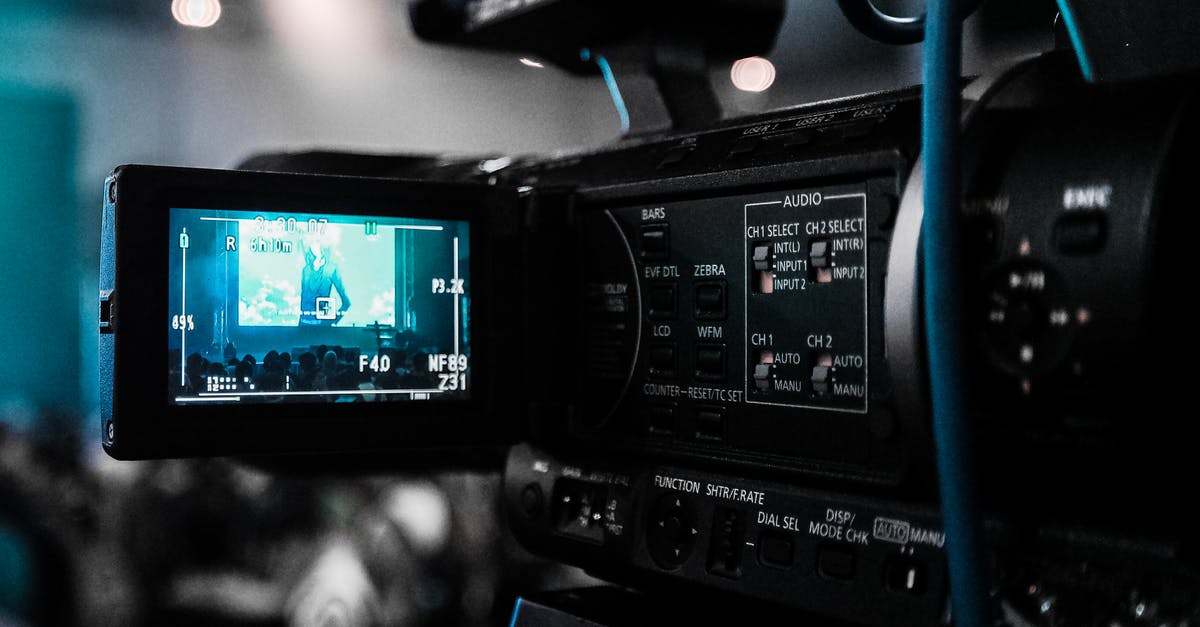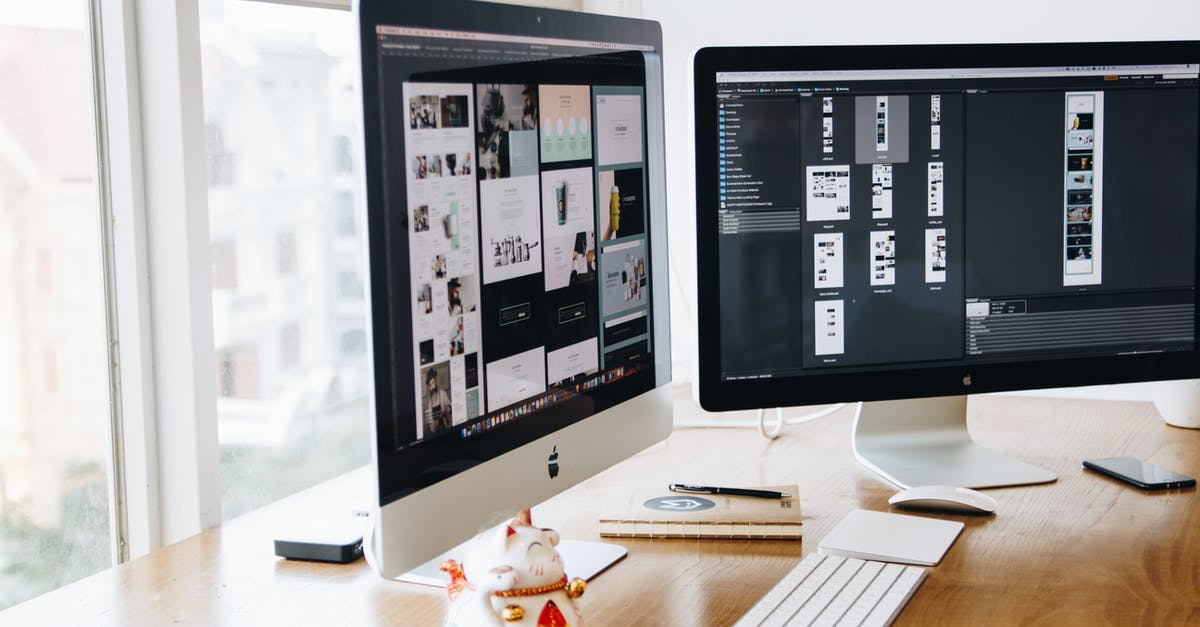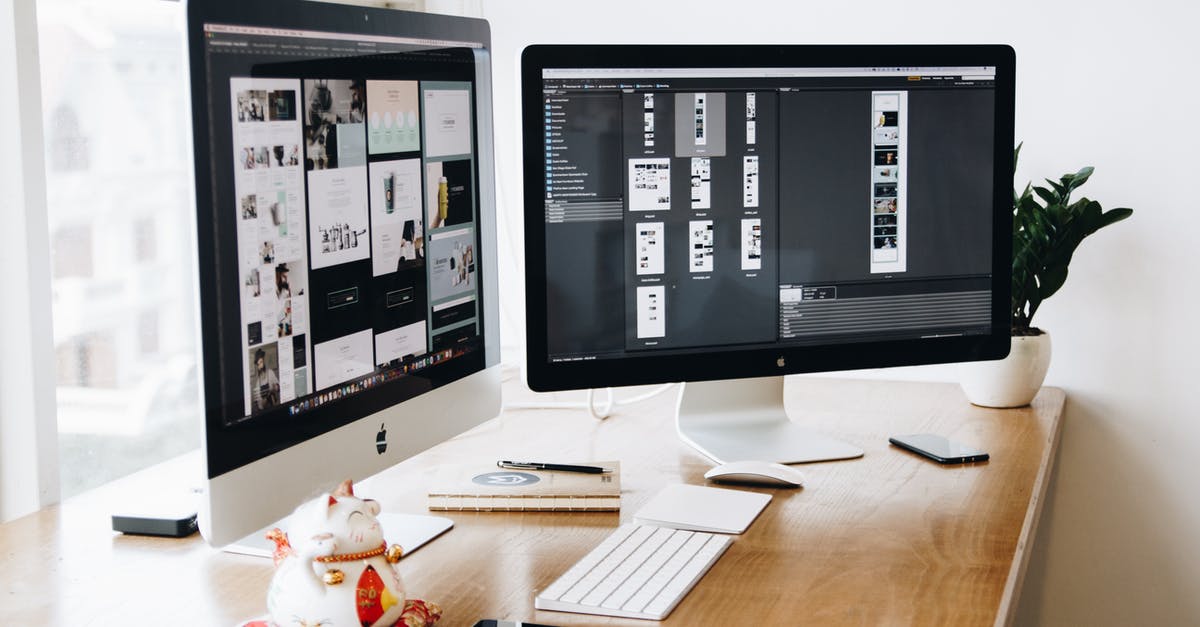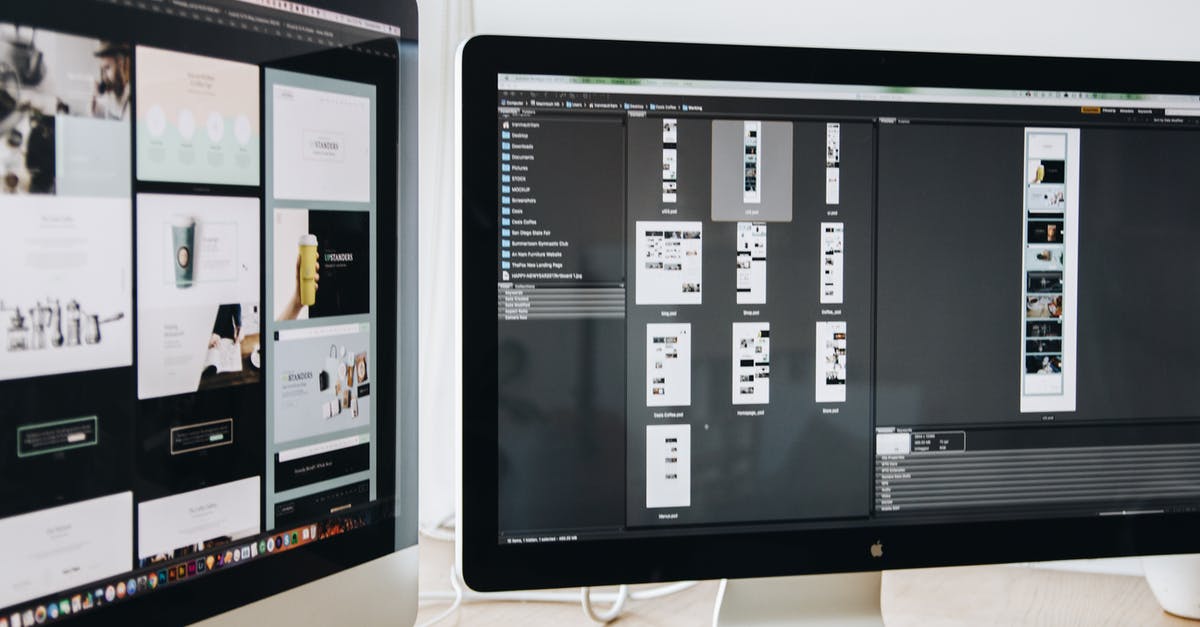How are conversations on in-scene display screens filmed?

Three instances spring to mind:
- Star Trek conversations via the viewscreen
- Red Dwarf crew interacting with Holly
- A scene in the Doctor Who episode 'Blink' where the Doctor speaks from the television
I know there are many many others.
How do directors film scenes where two people speak to each other on a monitor? For starters in real life if you view a screen on something like a CCTV you often see static on the screen. Secondly how are timings done? Is the other actor off screen? Are strategic cuts used? Are timings worked out in advance?
Best Answer
Have you ever heard of a film called Broadcast News? There is a pivotal scene where William Hurt turns in an interview, and he appears to cry in reaction to his subject's story. The interview looks extremely emotional, and garners Hurt's character a ton of attention. It isn't until later that it is brought to Holly Hunter's character's attention that Hurt's attempt to display an honest emotional response during the interview is completely staged and fake.
You see, Within the context of the story, Hurt had taken a single camera man with him on the interview. So, the final footage of Hurt crying, and specifically the view switching back and forth from the interviewer to the interviewee, didn't actually happen at the time of the interview. During the interview, the camera man filmed the interviewee. After the interview was over, Hurt had the camera man turn the camera on him, while he worked up some responses... including those tears that made him look so honest and human. Then, the two different sets of footage were edited together, to make it look like multiple cameras were used in the interview.
how are timings done? Is the other actor off screen? Are strategic cuts used? Are timings worked out in advance?
Practice. Practice, practice, practice. Take after take. Run through after run through. Sometimes an audio recording is made during one of those practice takes. Sometimes someone else reads the other part in the conversation just off-screen. When an actor has to interact with a television screen, in most cases the part we see on the screen is recorded first, and then the actor interacting with the screen will practice a few times before a take is attempted.
When there are edits showing one actor and then cuts back and forth multiple times to the other actor in the conversation, the conversation is usually put on film/video at least twice. The conversation in it's entirety is recorded from one angle. Then the camera is moved to catch the face of the other actor, and the conversation is done all over again. In more expensive movies, this process is repeated from different angles... and you can tell when the camera cuts back to an actor and the view is slightly different.
The technique of not having both actors in the same shot during a conversation is actually a production repair tool as well. Sometimes when an actor's schedule conflicts with shooting, a scene will be changed or altered from a shot that would include both actors in the same shot, to the conversation that switches back and forth. This enables one actor to get their parts in the can, without having to have the other actor present.
Remember. Most productions are not shot in a linear progression that matches the storyline of the movie. Shots are marked and documented, and then assembled much later into the final story we see. Every shot is practiced and timed and worked out in advance to one degree or another. Lower budget productions might not spend as much time practicing a shot, but that's more because it is very expensive (time and money-wise) to practice before you attempt a take. Everything you see on screen is (for the most part) something that someone WANTS you to see on screen. Again, the size of the production determines this. Obviously low budget guerrilla-style filming will catch things in the lens that weren't intended. However, higher budget films leave nothing to chance. That being said, conversations are no different than prop placement or stunt doubling. You work it out until you get it right, then film.
Pictures about "How are conversations on in-scene display screens filmed?"



How are conversation scenes filmed?
On a single camera shoot, for dialogue-centric scenes you are correct. Generally, the director and cinematographer will set up the camera for one shot and all or part of the scene will be recorded both with video and audio and they will likely run through the scene anywhere from 3-100 times depending on the director.How do they film two people talking to each other?
This would involve both actors in the frame, shot from the side (or even overhead), and they would perform the whole scene again. Then you would shoot a series of 'over the shoulder shots'. This is where you place the camera over the shoulder of one character while the other one speaks, then vice versa.How do they do phone calls in movies?
Generally, each scene will be shot separately. The actor being filmed speaks their lines, and someone off camera will read the other side of the conversation. The scene of the other actor on the phone may be shot on a completely different day (usually shot be needs for set/location) using the same method.How are TV scenes shot?
Filming a scene is a five-step process; blocking, lighting, rehearsing, tweaking, and filming. These five steps don't sound like a lot, but the time and consideration that goes into each of these steps can be time-consuming especially if you, as the filmmaker, are wearing many different hats on set.Sources: Stack Exchange - This article follows the attribution requirements of Stack Exchange and is licensed under CC BY-SA 3.0.
Images: Donald Tong, Tranmautritam, Tranmautritam, Tranmautritam
